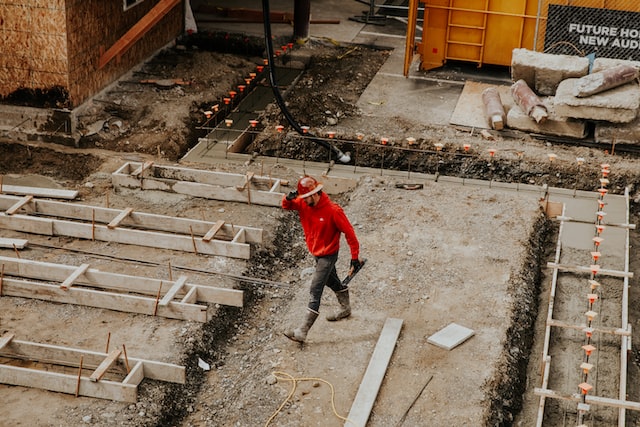One of the statistics used to track health of the rental market is Fair Market Rent, or FMR. By the name alone, one might think FMR is a normative measure that suggests what rent prices should be. Of course, such a measurement would have to take into account construction costs and home prices, but it would also have to take into account the tenant’s income. As a renter, you may be looking for rent prices at or below FMR thinking anything above that is simply a bad deal. But is it actually fair to anyone? Is it even a normative measure at all?
The first question that needs to be answered, though, is: What really is FMR? Well, at its core, it’s a series of vague estimates. The Department of Housing and Urban Development (HUD) calculates FMR on a per-metro basis for five separate categories of homes based on number of bedrooms. Homes with more than 4 bedrooms are excluded entirely. In reality, though, only one category is actually calculated. This is the category for the average home size of 2 bedrooms. The median rent price of 2 bedroom homes, excluding outliers, is averaged over a multi-year period, then the value is multiplied by various ratios to determine FMR for homes of different bedroom counts. Note that this calculation doesn’t factor in either construction costs or income, just rent price, although the price itself generally is indirectly related to constructed costs. This means that if it’s fair to anyone at all, it can only possibly be whoever bought the home. So, no, looking for a rental at or below FMR has no bearing on whether it’s fair to the tenant.
Does FMR perhaps still have some use, though? Though it’s a multi-year average, it’s based on actual rent prices, so maybe it be used to estimate current rent values. It’s a decent assumption, but unfortunately, it’s not actually very good at estimating rent prices. If you’re looking at FMR when considering whether to move to an area, don’t be surprised if your actual rent is far different, especially for multi-bedroom homes. Multi-year averages can’t very easily take into account economic cycles, and broad examinations of metro areas can significantly skew the numbers. Another issue the calculation faces is the notion of rent control. Rent control doesn’t generally happen in an entire metro, so the prices of rent-controlled units are significantly more likely to be taken as outliers and completely dropped. Even if they aren’t dropped, they will skew the median.
For a specific example, let’s take the local area — the Los Angeles metro. This metro area is rather large, and includes multiple cities of highly varied income levels. Despite this, the FMR for the Los Angeles metro is actually lower in every single category than that of the City of Los Angeles. The LA metro FMR for a studio is $1631, quite a bit lower than than actual median rent price for a studio in Los Angeles of $2100, between mid-June and mid-December. The difference only gets larger the bigger the home. The metro’s FMR for 4 bedroom homes is $3377. But the actual median rent of a 4+ bedroom house in LA is $8995, over 2.5 times as much. Considering homes larger than 4 bedrooms to be outliers, as the FMR criteria do, doesn’t do much to help the case for FMR, as the actual median rent is still $7900. The disparity is even greater for higher income regions of the metro, such as the Beach Cities — Manhattan Beach, Hermosa Beach, Redondo Beach, and El Segundo — with a studio median of $2495 and a 4+ bedroom median of $9175. This suggests that high-income units are being excluded as outliers, which isn’t particularly useful if you’re looking to rent in a place such as Manhattan Beach.
Why is FMR lower even for smaller homes, though? Well, there may be a valid reason for that. The actual median data presented here is calculated using information from a Multiple Listing Service (MLS), which is a service used by real estate agents to upload and search listings. Because this is an agent service, only properties listed by an agent will appear in the list. For lower income rental properties, the owner is less likely to use an agent, because they may feel it’s not worth the expense with a small revenue. But the HUD can access that information, which could drag the median down for smaller homes. So, the FMR may be useful to a tenant planning to rent a low-income property. However, remember that the studio FMR isn’t directly assessed, but rather calculated as a ratio of 2-bedroom FMR, so if FMR is more consistent with real values for studio rentals, this is at least partially coincidental and could mean either the 2-bedroom FMR is low or the ratio is off. Moreover, off-market rentals do very little to explain any disparity for larger homes, and especially not such a large disparity.
Photo by Tingey Injury Law Firm on Unsplash
More: https://constructioncoverage.com/research/cities-with-largest-increase-in-fair-market-rent-since-pre-covid



















